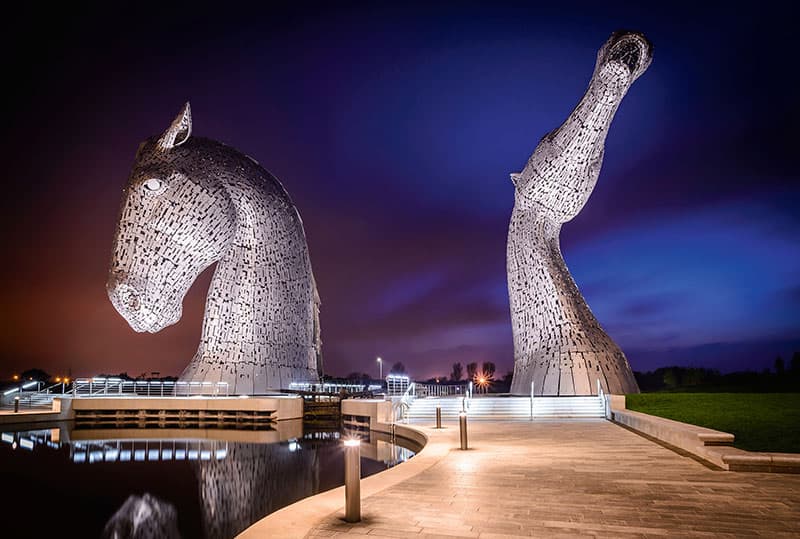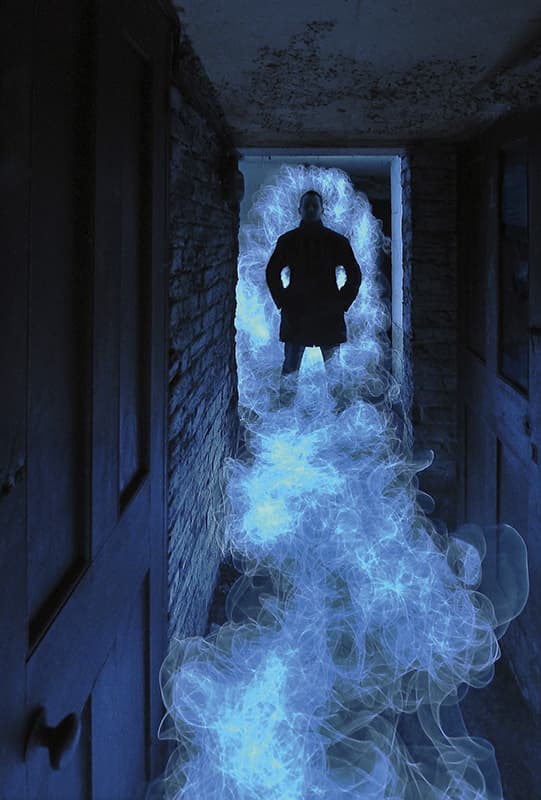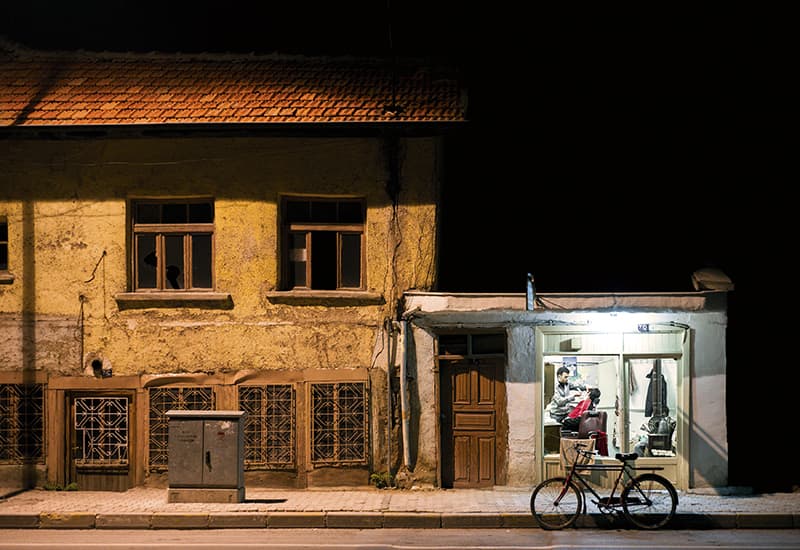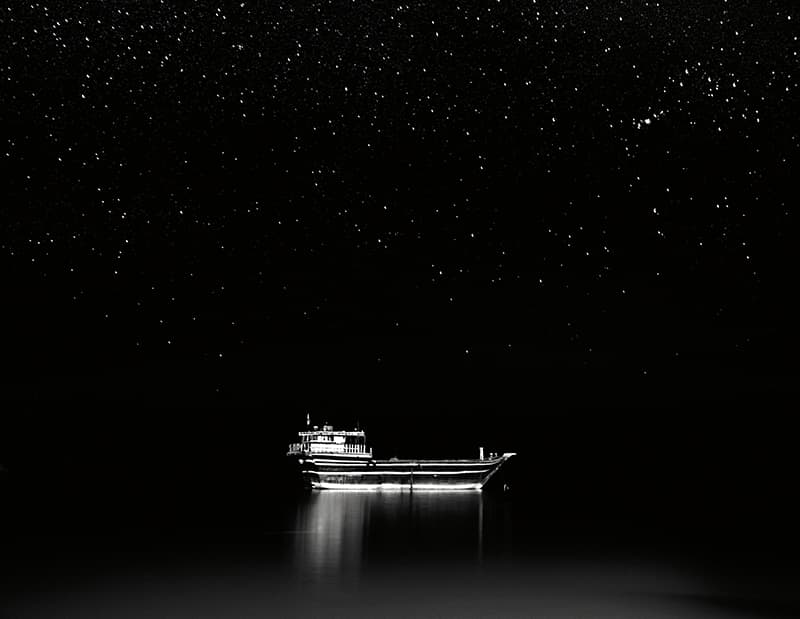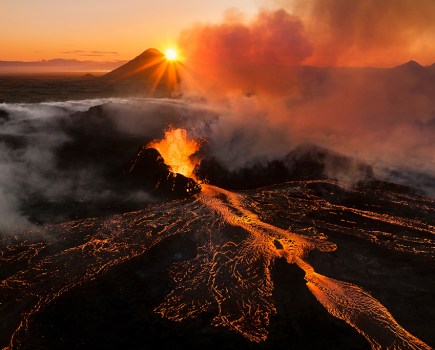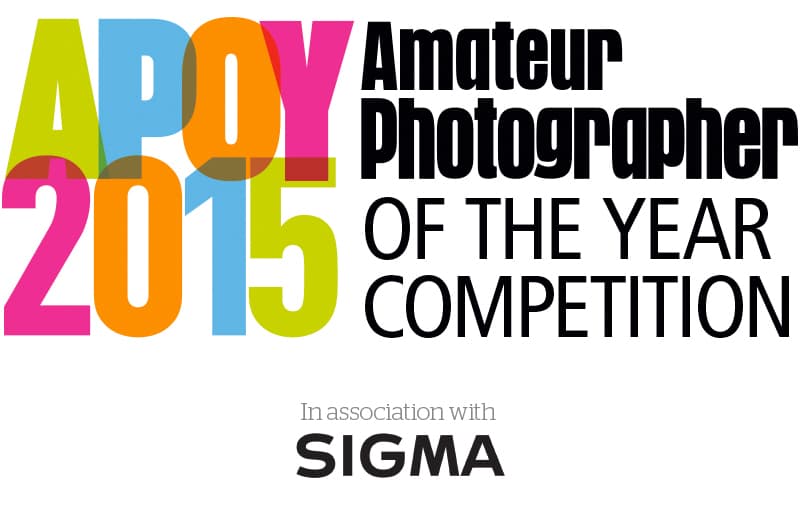
APOY 2015 Round 1 Night Life – Low-light photography
Please visit the APOY 2015 home page to find all the rules for entry, terms and conditions, the APOY ENTRY EMAIL ADDRESS and the disclaimers that must be copied and pasted into an email entry.
Entries must be received by midnight (UK time) on 29 March 2015
Low-light photography is one of the most satisfying genres, but it can also be the one that fills photographers with dread. This isn’t surprising, considering the number of factors that have to be considered in order to create a well-exposed and engaging image. Capturing details in low light may be one of the biggest challenges for any photographer, but with a little practice anyone can overcome these difficulties and achieve stunning results.
Recent advances in digital technology have seen some manufacturers, such as Sony with its Alpha 7S, improve how cameras perform in low-light conditions. However, it doesn’t really matter what camera you own: if you want impacting and memorable images, it is still vital to expose your image correctly in order to minimise noise and retain maximum image detail.
So the question is, why shoot low-light photography? Reasons will differ from photographer to photographer and subject to subject, but by and large low-light photography is capable of showing us scenes we would never normally see. At night the nature of the world changes. The stars come out, nocturnal creatures wander the earth and cities take on a glowing, almost futuristically luminous, quality. Night photography offers the photographer all manner of subject matter, from star trails to the endlessly fun activity of light painting.
See below if you’re looking for some tips and ideas some words of advice. And don’t forget it’s still winter, so wrap up warm!
This month’s prize

Win a Sigma 35mm f/1.4 DG HSM | A lens, EF-610 DG Super flashgun and a USB Dock
The Sigma 35mm f/1.4 lens is part of the company’s Art line, which offers ‘sophisticated optical performance and abundant expressive power’. This lens can achieve the highest level of brightness with an attractive blur for wideangle images. The fast f/1.4 aperture enables pictures to be captured in a variety of scenes, such as evening views and indoor handheld portraits.
The Sigma EF-610 DG Super flashgun has a guide number (GN) of 61 and is designed to work with the latest TTL auto-exposure systems of all popular manufacturers’ digital and film SLRs. The autozoom function automatically sets the optimum illumination angle in accordance with the lens’ focal length in a range from 24mm to 105mm.
The Sigma USB Dock enables photographers to update firmware and customise features of the lens via Sigma Optimization Pro software, which is available as a free download from Sigma’s website.
That’s a total prize value of £1,099.97 for round 1.
We take a look at some tips and tricks to set you on your way to shooting pictures in low-light
Light Painting
Light painting is one of the most fun things you can do in night photography. Just set your camera to a long exposure and paint a picture with a torch, sparkler or any other source of illumination you can get your hands on.
One tip to remember is that once you know the exact spot you’re going to shoot, put an object such as a bag in the area in which your painting will appear. Use a torch to illuminate the bag, set your camera lens to autofocus and then focus on it. Once the focus is correct, switch your camera lens to manual. It’s important to do this because if you leave the lens on autofocus it will keep adjusting in the dark as it will not ‘see’ what to focus on.
Getting your Exposure
As we mentioned earlier, making sure your image is accurately exposed is vital for achieving successful night and low-light photography. It even deserves more attention than if you were shooting during the day. If anything, the process becomes even trickier when you’re faced with multiple sources of illumination. There may be sufficient light from artificial sources for you to use a fairly short shutter speed, but you may need to use longer exposures, perhaps of several seconds or even minutes if you are shooting in very dark conditions. Also, remember that metering is key and you may need to use that most underused of camera functions: exposure compensation.
Shooting Stars
You have a couple of options when shooting stars – you can freeze them (as in the shot here) or you can set a longer exposure so you’re left with a series of sweeping light trails. If you’re looking to keep your stars as single points, set your lens to its widest aperture and select a shutter speed of around 20secs. For star trails, repeat this process for around 2 hours (depending on how long you want the trails), shooting consecutively, before merging them together in Photoshop.
Black & White
Night photography is about atmosphere, so why not combine it with that other dramatic genre – black & white. The two can function together beautifully, particularly when faced with the kind of low-key lighting you’ll inevitably come across in streets and cities. Take a look back at the film noirs from the 1940s and ’50s and you’ll get the idea. Low light can strip and dilute scene of colour, so you may be better off removing it altogether and avoiding unnecessary visual distractions.
**Please visit the APOY 2015 home page to find all the rules for entry, terms and conditions, the APOY ENTRY EMAIL ADDRESS and the disclaimers that must be copied and pasted into an email entry.
Entries for APOY 2015 Round 1 Night Life – Low-light photography must be received by midnight (UK time) on 29 March 2015


